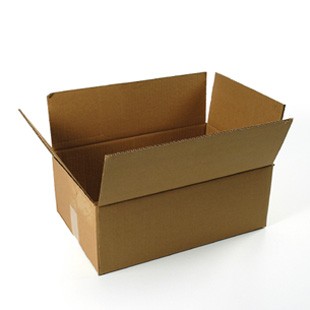
Inducted Year: 2005
The Chinese invented cardboard in the 1600s. The English played off that invention and created the first commercial cardboard box in 1817. Pleated paper, an early form of corrugated board, initially served as lining for men’s hats. By the 1870s, corrugated cardboard cushioned delicate glassware during shipment. Stronger, lined corrugated cardboard soon followed. American Robert Gair produced the first really efficient cardboard box in 1879. His die-cut and scored box could be stored flat and then easily folded for use. Refinements followed, enabling cardboard cartons to substitute for labor-intensive, space-consuming, and weighty wooden boxes and crates. Since then, cardboard boxes have been widely appreciated for being strong, light, inexpensive, and recyclable.
Over the years, children sensed the possibilities inherent in cardboard boxes, recycling them into innumerable playthings. The strength, light weight, and easy availability that make cardboard boxes successful with industry have made them endlessly adaptable by children for creative play. Shoe boxes serve as ideal settings for scenes and dioramas. Small boxes take on alternate roles as dollhouse furniture. Wheels drawn on the side turn a box into a car. Really large boxes—from washers, stoves, big-screen televisions, or refrigerators—can offer children even greater opportunity for creativity. With nothing more than a little imagination, those boxes can be transformed into forts or houses, spaceships or submarines, castles or caves. Inside a big cardboard box, a child is transported to a world of his or her own, one where anything is possible.

Factoyd: The cardboard box was the first toy of the imagination inducted into the National Toy Hall of Fame in 2006




